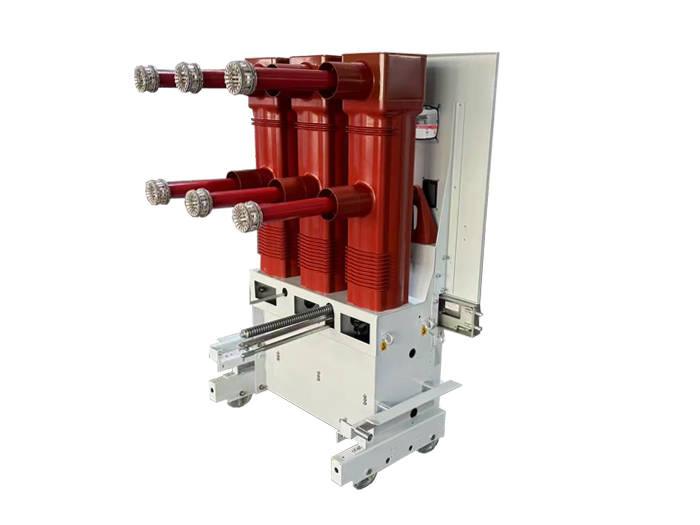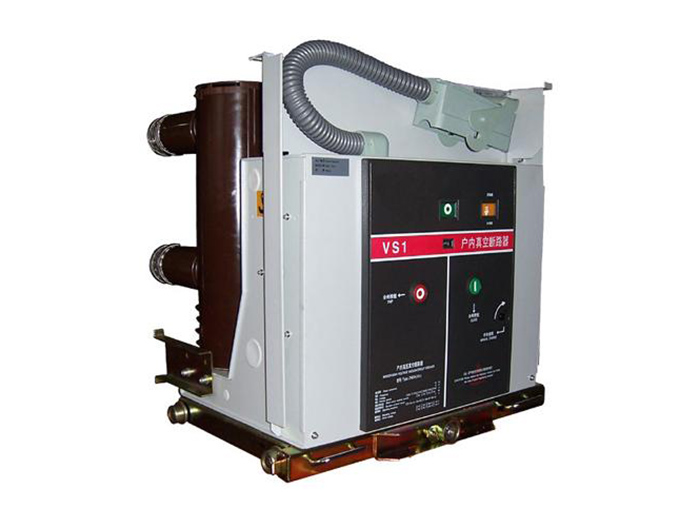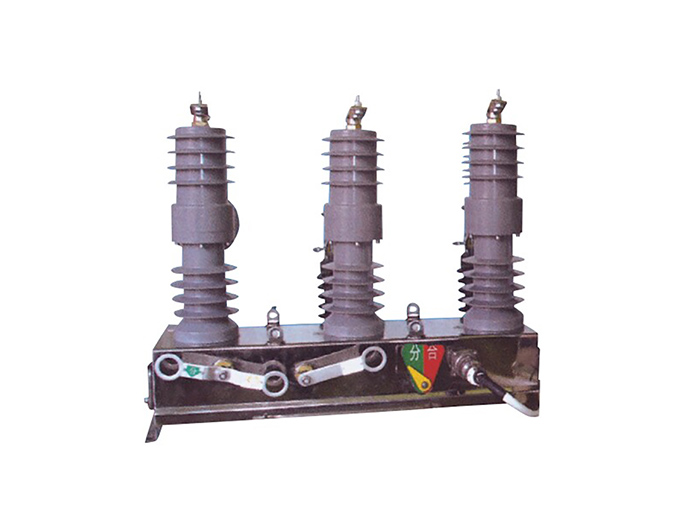In modern power systems, safety and reliability are non-negotiable. One of the most important components that ensures these two qualities is the High Voltage Vacuum Circuit Breaker (HV VCB). As electricity demand continues to grow, industries and utilities require equipment that can handle high voltages while maintaining efficiency, safety, and eco-friendliness. The HV vacuum circuit breaker is at the forefront of this demand, offering an effective and clean solution for interrupting high-voltage currents. But how exactly does it work? Let’s explore in detail.

A vacuum circuit breaker is a type of electrical switch designed to protect circuits and equipment from damage caused by overloads, short circuits, or other electrical faults. Unlike traditional air or oil circuit breakers, it extinguishes arcs in a vacuum, which is an ideal medium due to its superior insulating properties.
Voltage Range: HV VCBs typically operate in the range of 11kV to 33kV and higher, making them suitable for transmission and distribution networks.
Why It Stands Out: Compared with oil circuit breakers, which require regular maintenance, or SF6 gas breakers, which use greenhouse gases, the HV vacuum circuit breaker is compact, reliable, and environmentally friendly.
Use Cases: From industrial plants to renewable energy installations, it is now one of the most preferred solutions in high-voltage switching applications.
To understand how it works, it’s essential to break down its structure.
Vacuum Interrupter
The heart of the system. This sealed chamber contains the contacts and maintains a vacuum where the arc is extinguished.
Its longevity and effectiveness depend on maintaining this vacuum integrity over time.
Contacts
Consist of a moving contact and a fixed contact.
When these contacts separate under load, an arc is formed. The vacuum extinguishes it rapidly.
Special alloys are often used to minimize erosion and increase lifespan.
Operating Mechanism
Responsible for opening and closing the contacts.
Can be spring-operated, hydraulic, or magnetically actuated depending on the design.
Insulation & Housing
The outer casing provides mechanical strength and insulation.
Ensures safety by containing any faults and maintaining system integrity.
Auxiliary Systems
Include trip coils, sensors, and control circuits that help detect fault conditions and trigger the breaker.

The operation can be broken into several stages:
Normal Operation
When the contacts are closed, the breaker allows current to flow normally. The vacuum interrupter remains idle during this stage.
Fault Detection
Protective relays monitor the system. When they detect abnormal conditions like overloads or short circuits, they send a trip signal to the breaker.
Contact Separation & Arc Formation
As the contacts begin to separate, an arc forms between them. Unlike in air or oil, this arc exists briefly in the vacuum.
Arc Extinction
In vacuum, the arc is rapidly interrupted because electrons and ions quickly condense on the surface of the contacts.
The lack of gas molecules prevents the arc from being sustained.
Current Interruption
Within microseconds, the arc is extinguished. The dielectric strength between the contacts recovers almost instantly, allowing the circuit to return to a safe state.
This quick response is what makes HV vacuum circuit breakers extremely effective.
The success of a VCB lies in the unique properties of vacuum:
Superior Insulation: Vacuum has the highest dielectric strength compared to air or gas.
Rapid Recovery: After current zero, dielectric strength recovers quickly, ensuring no restrike occurs.
Low Contact Erosion: Unlike oil or air breakers, contacts in a vacuum face minimal wear, increasing operational life.
Efficiency: Arcs are extinguished in microseconds, making vacuum breakers ideal for handling high voltages safely.
The adoption of HV VCBs in power systems is driven by their numerous advantages:
Compact Design: Require less space compared to oil or air breakers.
Minimal Maintenance: Fewer moving parts and no need for oil or gas refills.
High Insulation Strength: Vacuum technology ensures reliable insulation in high-voltage systems.
Environmentally Friendly: Unlike SF6 breakers, vacuum circuit breakers do not use greenhouse gases.
Long Service Life: Reduced contact wear means breakers can operate for decades with proper maintenance.
Fast Operation: Capable of interrupting fault currents in fractions of a second.
HV VCBs find use in a wide variety of settings:
Power Generation Plants: To protect generators and transformers from fault currents.
Transmission and Distribution Substations: Essential for switching and isolating circuits in high-voltage grids.
Industrial Facilities: Steel plants, chemical factories, and data centers use them for reliable power distribution.
Renewable Energy Systems: Wind farms and solar power plants rely on them for grid integration and fault management.
While vacuum circuit breakers are known for their low maintenance, routine checks are still important:
Visual Inspection: Ensure no mechanical damage to the housing or components.
Vacuum Integrity Testing: Verify that the vacuum interrupter is still functional.
Contact Resistance Measurement: Helps detect early signs of wear or failure.
Lubrication of Moving Parts: For spring or mechanical actuators.
Electrical Testing: Includes insulation resistance and high-potential tests.
Proper maintenance extends operational life and ensures reliable protection during fault conditions.

Technology continues to evolve, and HV VCBs are no exception:
Digital Monitoring: Integration of IoT sensors for real-time health monitoring.
Smart Grid Compatibility: Supporting automation and remote operation.
Advanced Materials: New alloys for contacts that extend lifespan even further.
Eco-Friendly Designs: Eliminating hazardous substances while improving performance.
These advancements will further strengthen the role of vacuum breakers in modern energy systems.
A High Voltage Vacuum Circuit Breaker plays an indispensable role in safeguarding modern power systems. By using a vacuum as the medium for arc extinction, it combines efficiency, reliability, and environmental benefits into a single solution. With advantages like compact design, low maintenance, and long life, HV VCBs are becoming the standard for power distribution across industries and energy sectors.
For organizations looking to invest in high-quality circuit breakers, choosing the right partner is just as important as selecting the right technology. YIFA Electric, a trusted manufacturer of electrical equipment, offers durable and efficient HV vacuum circuit breakers tailored to meet diverse industrial and utility needs. By combining technical expertise with innovative design, YIFA Electric ensures safety, reliability, and long-term value for its customers worldwide.